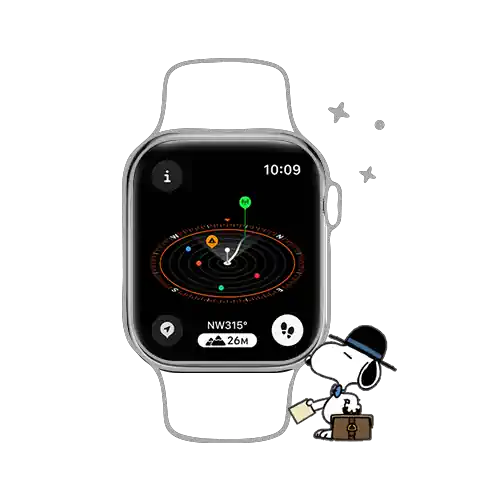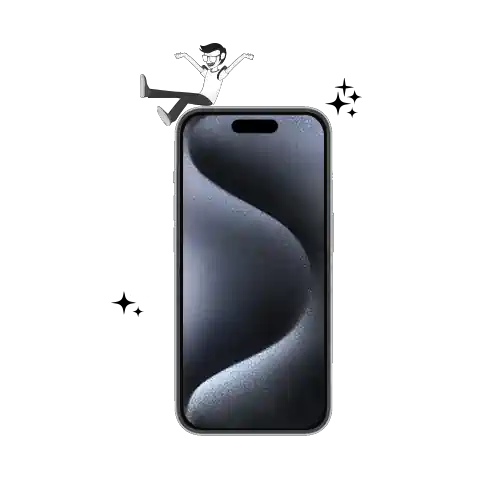Recently, there was news of Apple launching their iMessage app for Android. Some people (myself included) got excited. As an Android user, it was good news. If I couldn’t get my hands on an iPhone, I would at least be able to access iMessage on Android. For gareeb people like me, that’s a huge consolation!
Anyway, fate has a habit of breaking my heart, and I am going to pass on the favour and break yours – iMessage on Android is never, ever, ever going to happen. Ever. Never. Nope. Bhool jao!
Why art thou such a pessimist?
I’m a realist. Also because I recently read this interview in The Verge where an unnamed Apple official made it clear that Apple would never launch the iMessage app for Android.
To people in India, iMessage may seem insignificant; but in the West, especially the US, it’s huge! Everyone who has an iPhone uses it. And because Apple’s market penetration there is much larger there than anywhere else, the number of users is correspondingly large.
Apple’s own numbers tell us that there are more than a billion active iMessage users, which gives them the power they need to make accurate market analysis and predictions. In comparison, Google Hangouts isn’t even a contender in the race, much less a competition or a threat.
Big Data is not the only reason Apple is holding on to iMessage.
With the distinguishable boundary between Android and iOS shrinking rapidly, their uniqueness has started to become obscure. Both Apple and Google are vying to hold onto whatever their USPs (Unique Selling Points) used to be.
The two platforms are now battling hard to create special features. Android still depends heavily on its ability to be customised. iOS, on the other hand, has a closed ecosystem that works wonders within its environment, but refuses to even acknowledge elements from other ecosystems. Hint: If you’ve ever tried to connect an Android to an iPhone via Bluetooth, you know what I am talking about.
Coming back to the point, Apple is hoping that iMessage will be their USP. The biggest proof of this lies in iOS 10 and all the new features it has got to enhance the messaging experience.
But why is iMessage their go-to app?
Texting is no longer a substitute for calling. It has become a way of life. Hundreds of businesses today accept and process orders just by texting or using Whatsapp. Mobile payments and single point-of-contact for customers have also added to ease of doing business.
We’ve seen how Facebook is trying to integrate almost everything under this sky with their Messenger app. We know for a fact that Apple is trying to do the same.
In the recently held WWDC, Apple announced that they were opening iMessage to third-party developers, who could now make their own extensions and “add-ons” for the app. Given how fussy Apple is about the order they have established, this is an unprecedented move.
It’s a big leap for Apple to open up their most prized possession to the global coder community – a group of people who are as infamous as they are technologically capable.
They even gave us a glimpse of what this new venture could achieve. Integrated payments, customized stickers, file sharing, etc. are just the beginning. The idea is to establish iMessage as a stand-alone, one-point solution for all mobile based business needs.
Apple already has the user-base. All they need is a genuinely effective ecosystem, consisting of both the base software and a host of compatible apps.
So, ask yourself this – if Apple wants to turn iMessage into this juggernaut app, one on which their future depends, do you really think they’d let their biggest competitor Android come anywhere near it?
That, dear readers, is why we will never get to use iMessage on Android.
Sob!




